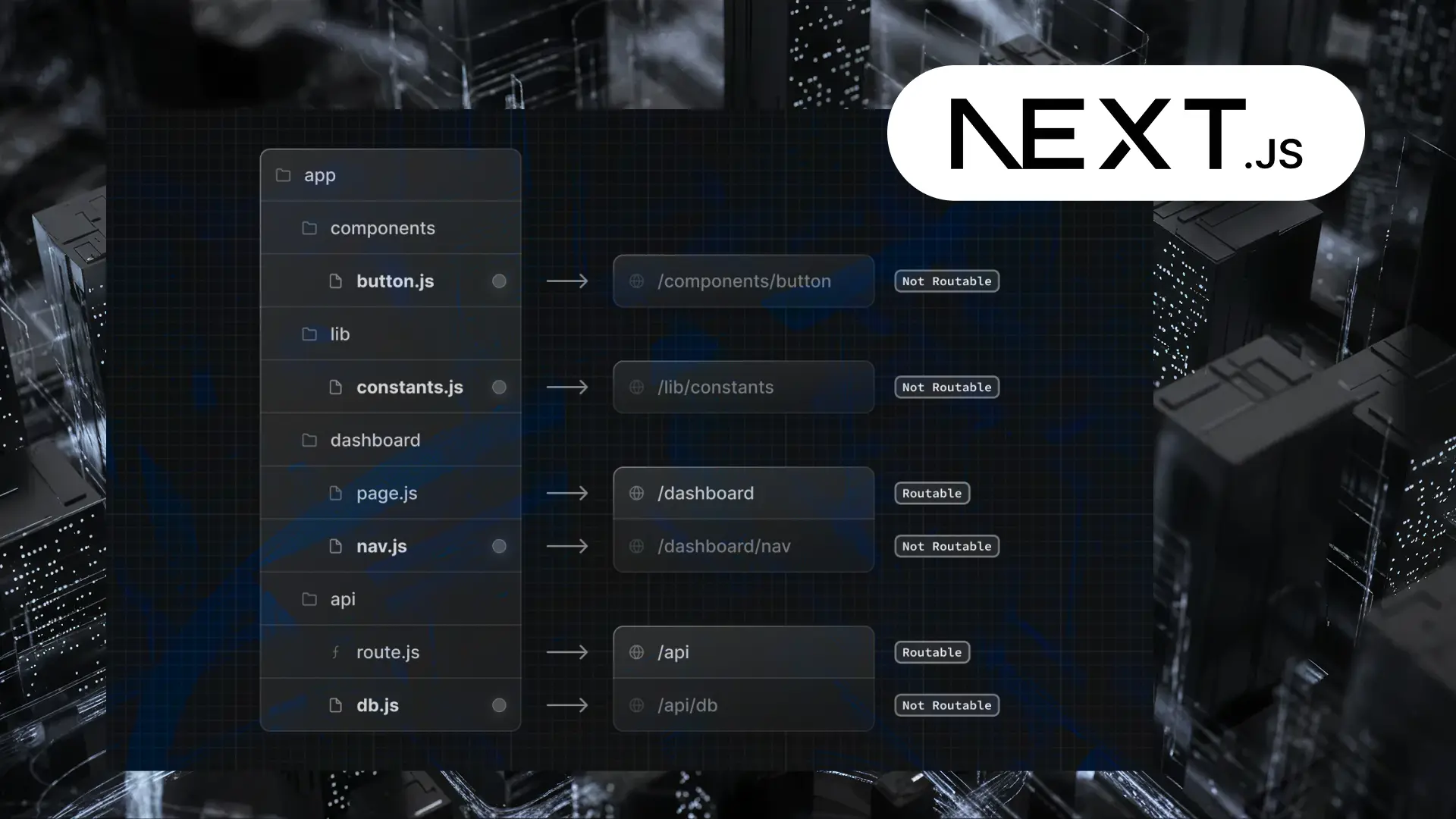The Impact of AI Chatbots in Banking: Benefits, Use Cases & My Experience
Author

Date

Book a call
Editor’s Note: This blog is adapted from a talk by Pratik Gautam, during the Future of Finance Meetup at GeekyAnts. In this session, Pratik offers an insightful account of his hands-on experience building and deploying AI chatbots, particularly within the banking sector.
The Beginning of My AI Chatbot Journey
I started working with AI chatbots during a project at the onset of the COVID-19 pandemic. My team worked with an enterprise client in the telecom sector in India. Due to confidentiality agreements, I cannot disclose the client’s name.
When the lockdowns started, the client’s customer service agents had to work from home. At that time, they lacked applications that enabled remote interaction with customers for resolving queries related to payments, network issues, and other concerns.
We built a progressive web application that eliminated the need for VPNs, Citrix, or other remote access tools. Customer care agents could use their mobile phones to attend to customer queries while working from home.
Before implementing the solution, customer calls often lasted 10 to 12 minutes, and many customers did not receive satisfactory resolutions. The new application integrated AI, which helped agents identify issues before speaking to customers. The AI system detected problems and provided the agents with location data, network status, and possible solutions. For example, if a region in Maharashtra faced a network issue, the AI displayed tower status and suggested fixes. As a result, agents resolved customer queries within two to three minutes.
This solution demonstrated the combined power of AI and progressive web applications.
The Traditional Banking Experience
Before AI, customers had to visit bank branches to resolve issues. Often, they faced delays and had to make multiple visits.
With AI chatbots, banks now offer 24-hour services through mobile applications. Customers access support at any time, even while traveling. They no longer wait for business hours or visit branches to resolve issues. Severe or complex issues route directly to human agents, reducing the workload on customer service teams.
Key Benefits of AI Chatbots in Banking
AI chatbots provide several benefits:
- They offer round-the-clock support through mobile applications.
- They reduce the workload of human agents by handling common queries.
- They lower operational costs by decreasing the need for large customer service teams.
- They improve response times and customer satisfaction.
- They reduce the need for frequent training of customer service agents.
Technology Behind AI Chatbots
We use Natural Language Processing (NLP) and Machine Learning (ML) to train chatbots. These technologies allow chatbots to learn from data and improve responses over time.
Technical Challenges
While implementing AI chatbots in banking, we face several challenges. Data privacy and compliance requirements often delay project approvals. We follow GDPR and HIPAA compliance standards, which helps us gain client trust and secure projects.
Developing mobile and web applications that respond seamlessly across platforms also presents technical difficulties. Despite these challenges, we continue to improve solutions for future implementations.
Use Cases of AI Chatbots
AI chatbots serve various purposes, even in rural areas where mobile and internet usage has increased. Customers interact with chatbots to check account balances, request loans, and perform KYC verifications.
For example, companies often partner with banks to open salary accounts for employees. Traditionally, onboarding hundreds of employees took significant time and paperwork. Now, banks like ICICI have automated KYC and onboarding processes through AI, reducing the time and effort involved.
Real-World Examples
Many banks already use AI chatbots:
- HDFC Bank: EVA
- SBI: SIA
- Bank of America: Erica
- Zoho: Zia
In one of our recent projects, we built a chatbot for Reducer, a company based in Norway. This chatbot helps reduce carbon footprints on construction sites. Users input data about construction materials, and the chatbot generates reports to assist with licensing and certifications.
Final Thoughts: The Human Element
Many people believe AI will replace humans. I believe AI will empower humans by providing knowledge and enhancing client experiences. AI supports human agents by handling repetitive tasks, allowing them to focus on complex issues and deliver better service.
Dive deep into our research and insights. In our articles and blogs, we explore topics on design, how it relates to development, and impact of various trends to businesses.





